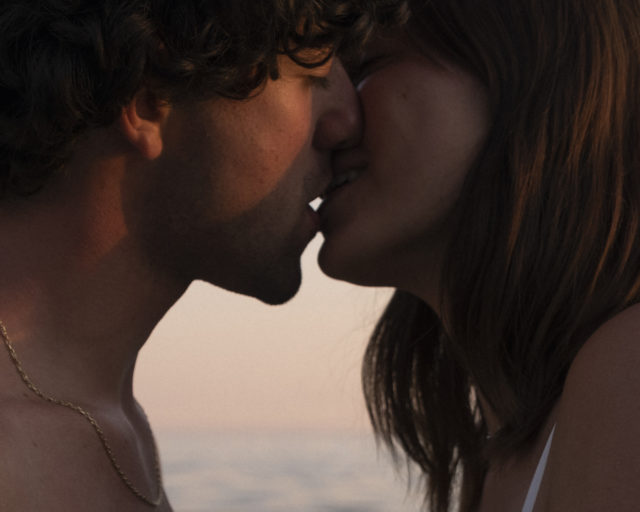17 Photographers Reflect on Key Images for Aperture’s Seventieth Anniversary
In Aperture’s Seventy x Seventy Sale, Stephen Shore, Graciela Iturbide, Tyler Mitchell, and more offer prints from their history with Aperture—ranging from the classic to the contemporary.
Stephen Shore, Holden Street, North Adams, Massachusetts, July 13, 1974
This month, Aperture marks seventy years since its founding in 1952. In celebration of this anniversary, we’re kicking off a special limited-edition print sale bringing together original works by seventy artists, available in editions of seventy each.
“Aperture has always encouraged connection between photographers, and created a space to connect us with the work they do,” observes Sarah Meister, Aperture’s executive director. “It is inspiring to browse through this collection of images that point to our history, and to know that these artists and estates have generously participated to help Aperture create similar opportunities for future generations.”
Throughout September, collect signed or estate-stamped, 8-by-10-inch prints by some of the most revered and influential photographers in the history of the medium, with proceeds directly supporting Aperture and the artists.
See here to browse the complete Seventy x Seventy sale. Below, enjoy a few highlights from the sale.
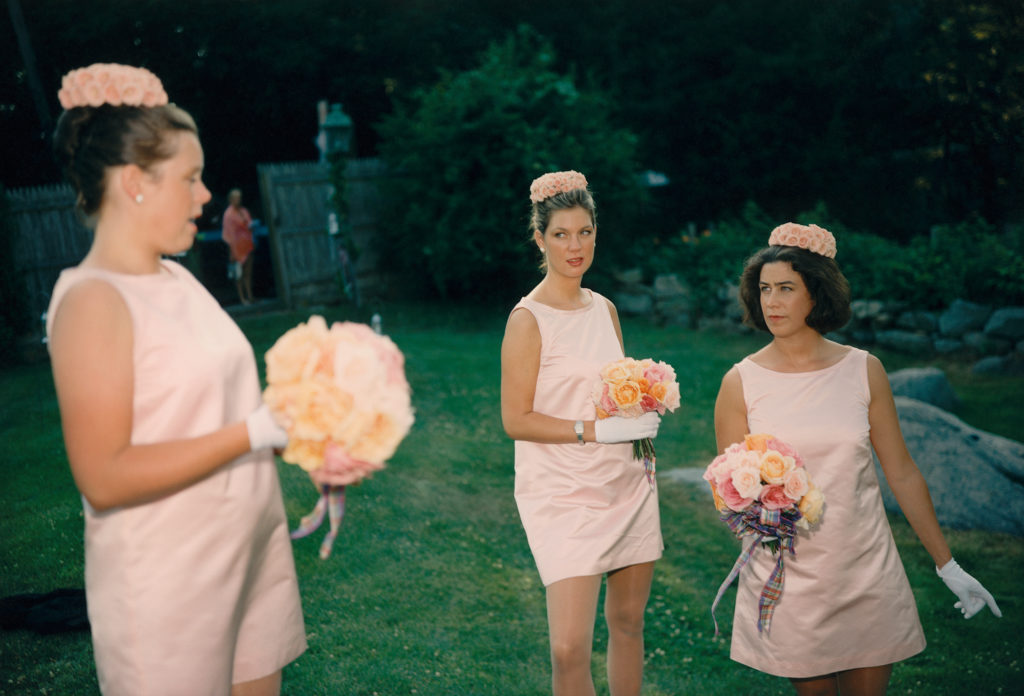
Courtesy the artist
“This was taken at the wedding of my best friend’s daughter. Two of the girls are my nieces and the other their cousin. Definitely a family affair. My favorite detail is the glove of the brunette on the right. The extended finger almost touching the edge of the frame and its starched, white cotton glove are reason enough to print this picture.
The Jackie O–style pink satin dresses and pillbox hats were definitely chosen with a sense of humor. I sat and watched those hats being made with real roses before I came upon this photo, and knowing the intensive labor involved made me appreciate the scene I witnessed even more. What I can never plan on or even dream of are the perfectly choreographed spaces between this trio: the two girls pushed together on the right and the third girl leaning against the left side of the frame, as if she were the leader of the pack.”

Courtesy the artist
“I spent five years in the mid-to-late 1970s making photographs in Harlem, New York. It was the first project I undertook at the beginning of my career. I was led back there by my family’s history in the neighborhood: my mother and father had met in a church in Harlem and eventually got married. When I was born several years later, they moved to Queens, to a house with a front yard and backyard, something more spacious than the Harlem apartment they had in Sugar Hill. But we continued to visit the neighborhood, as various friends and family still lived there.
In 1975 I decided to ‘return’ to the community where I had never lived, but had a deep connection to, to make photographs. I encountered these two young girls one afternoon on Seventh Avenue near West 138th Street. When I asked if I could make a picture of them in front of this establishment, they joyfully struck an exuberant pose for me, full of all of the energy and expressiveness of youth.”
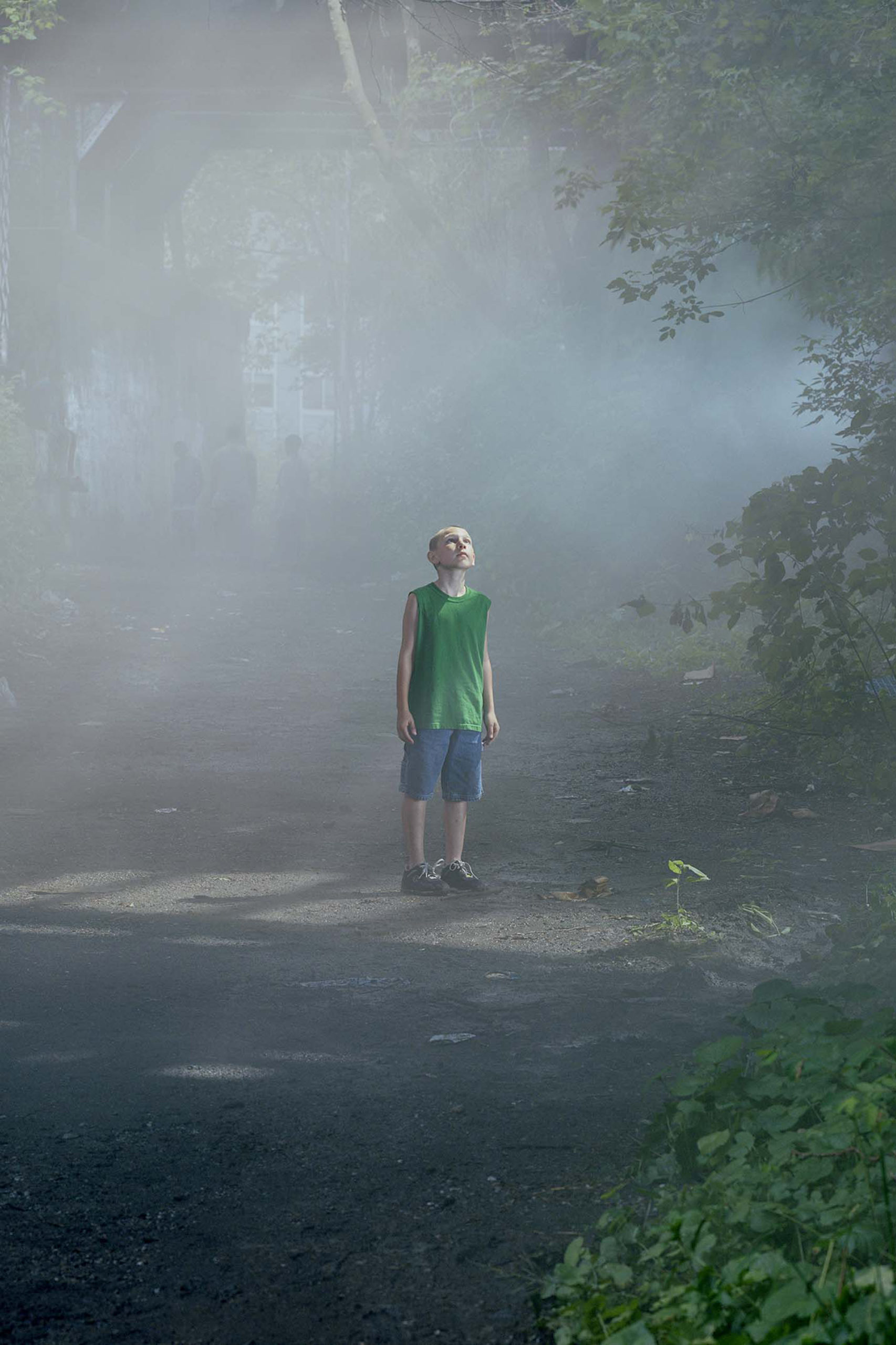
Courtesy the artist
“In the spring of 2008, Aperture featured Beneath the Roses (2003–2008) in the magazine, a body of work I had just completed over the course of six years and eight large-scale productions. The issue had a double cover using two pictures from the series, and this was one of them. This picture was shot in the summer of 2006.”

Courtesy the artist
“All of my pants get holes in the knees. I am constantly kneeling and photographing things down on the ground. I should probably get some steel-kneed pants. Do those exist? This picture was made around the corner from the Oscars ceremonies at the Dolby Theatre in Hollywood. I’d gone there to see what catching some of that gaudy glamour would feel like. I made some decent pictures of the setup for the event, but my favorite of the day was this little clamshell of industrial design and the muddy realities of human life. I love images that prod at the flatness of the photographic image and test our sense of its certainty.”

Courtesy the artist
“Every worry melts away when I’m with my community. This photograph was created in hopes of capturing the sense of safety and belonging one may feel when they’re in spaces where their identity and experience are mirrored and honored. A space where you can be yourself and rest your head on another without worry. I was interested in broadening the conversation around BIPOC experiences that isn’t linked to trauma or resiliency but explores tenderness and feels celebratory.”
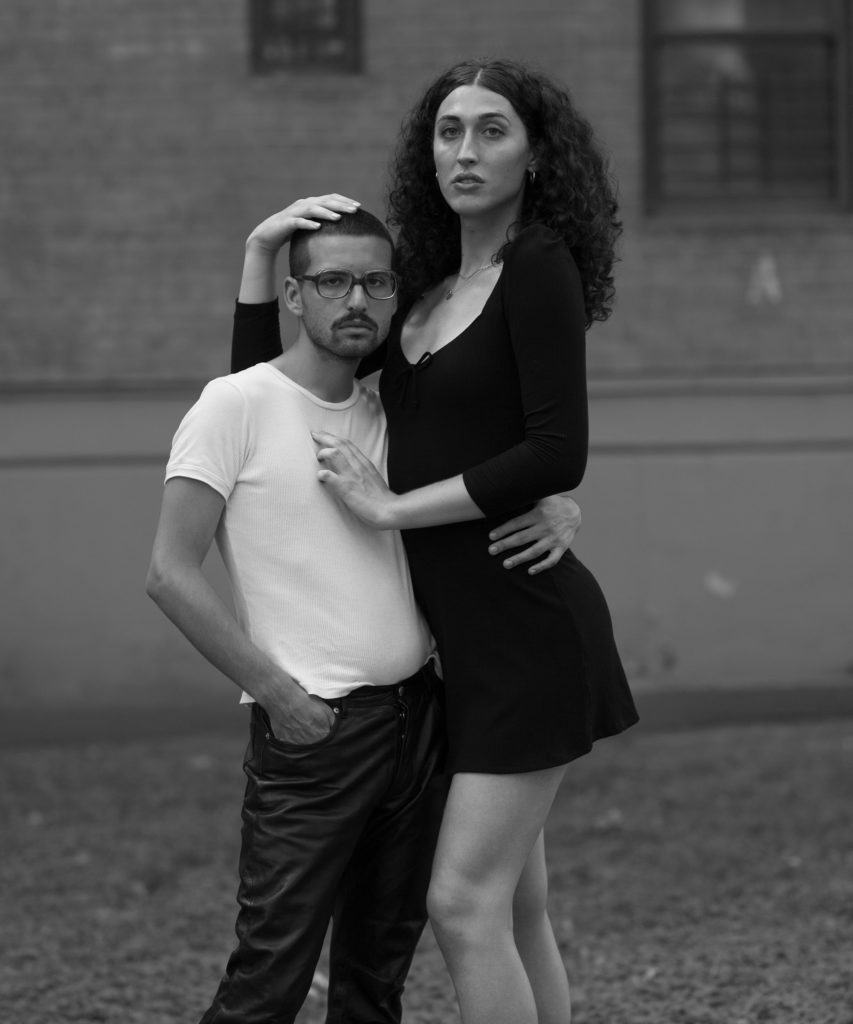
Courtesy the artist
“This is a portrait of my friends Peter and Stevie, whom I have always known as a couple. They are the only high-school sweethearts that I have ever encountered in New York. This image was one of the final pictures shot for my book Young New York, and I remember it feeling effortless to capture.”

Courtesy the artist
“When I undertake a project, I never start with a preconceived idea. In Juchitán, I began by going out walking with no fixed destination. That is how I came across this girl combing her hair. I titled the portrait La niña del peine because Manuel Álvarez Bravo was very fond of a flamenco singer called La Niña de los Peines. In this way, just walking around, I encountered many of the scenes I portrayed in Oaxaca.”

Courtesy the artist
“What connects the inside to the outside.
What you can see by cutting a rectangle.
Looking out the window helps me to unclench a little bit of what’s been hardening inside of me.”

Courtesy the artist
“In my series Facades, ‘cut-up pictures’ take the form of installations, unique photographic prints, puzzles, temporary tattoos, face masks, stickers, lenticulars, as well as my mother’s image. I am a cutout of my mother. I do not use Photoshop in my work—most of my work is done in-camera, using a combination of lo-fi tricks such as inserting fabricated props, using available light, and documenting performances—allowing the artifice of the props and sets to show. Through play and experimentation—NOT foreplay—I create pictures that straddle the lines between still life, portrait, and self-portrait.”
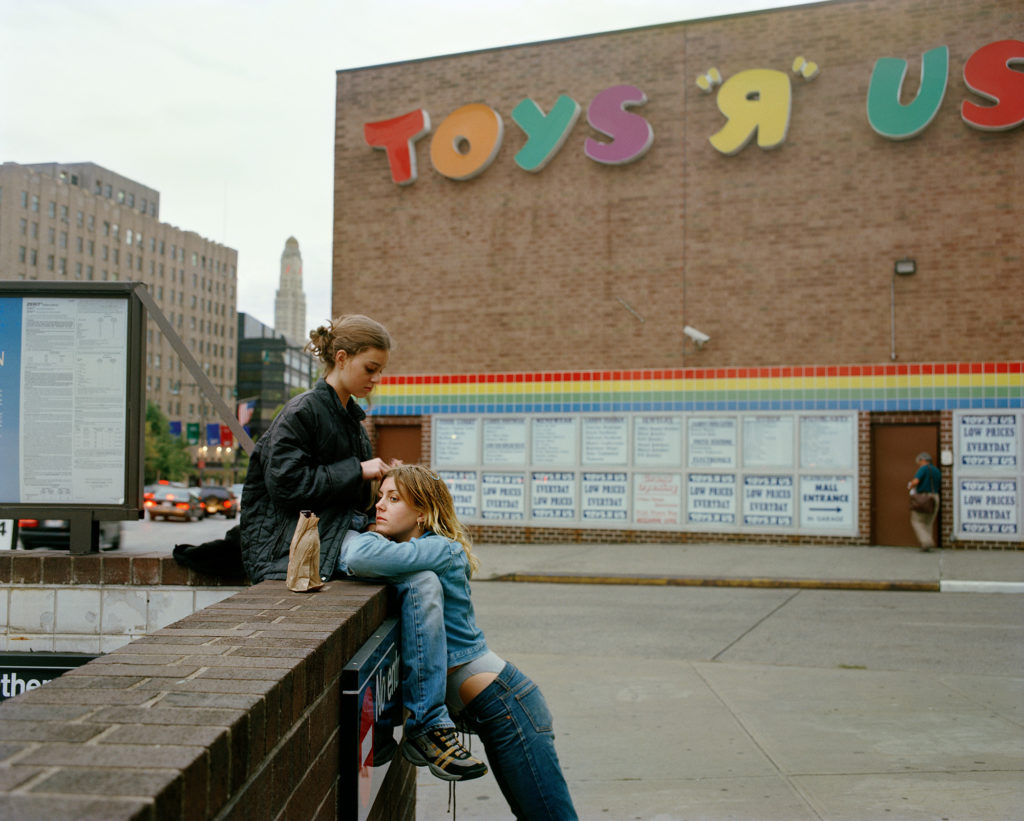
Courtesy the artist
“I wanted to make the invisible communion between girls visible, foregrounding their experience as primary and irrefutable. I imagined a world in which acts of solidarity between girls would engender even more girls—they would multiply through the sheer force of togetherness and lay claim to a new territory. Their collective awakening would ignite and spread through suburbs and schoolyards, calling to clusters of girls camped on stoops and the hoods of cars, or aimlessly wandering the neighborhoods where they lived.”

Courtesy the artist
“Chappaqua backyard is an image from Family Matters, an over two-decade-long project confronting issues of privilege, class, and other fissures in the American dream. Family Matters is an exploration of the conflicted feelings I have about where I come from—which includes people I love and treasure, but with whom, most recently in a divided America, I have also struggled mightily. It is made with the intention to accept as well as to challenge—both them and myself.
When I started making pictures professionally, I would sometimes get editorial fashion assignments. Taking pictures of models never much interested me but creating narratives for them did. Certain editors would let me cast my family and friends, and when they did, my grandparents were always willing participants. They are pictured here in the backyard of the home I grew up in.”

© Duane Michals and courtesy DC Moore, New York
“During the Korean War I was a second lieutenant in armor. Luckily, I never saw combat. If I had gone to combat, I’m sure I would not have survived. This photograph is about all those innocent young men whose lives were wasted in battle. I see them underground with flowers growing from their heads.”

Courtesy the artist
“This image, of my friend Jaycina’s daughter Syx in Atlanta, feels like everything I wanted an afternoon to be as a kid, nearly naked, free, and blowing bubbles. I like that this image can be a potential portal to those sorts of memories and wishes.”
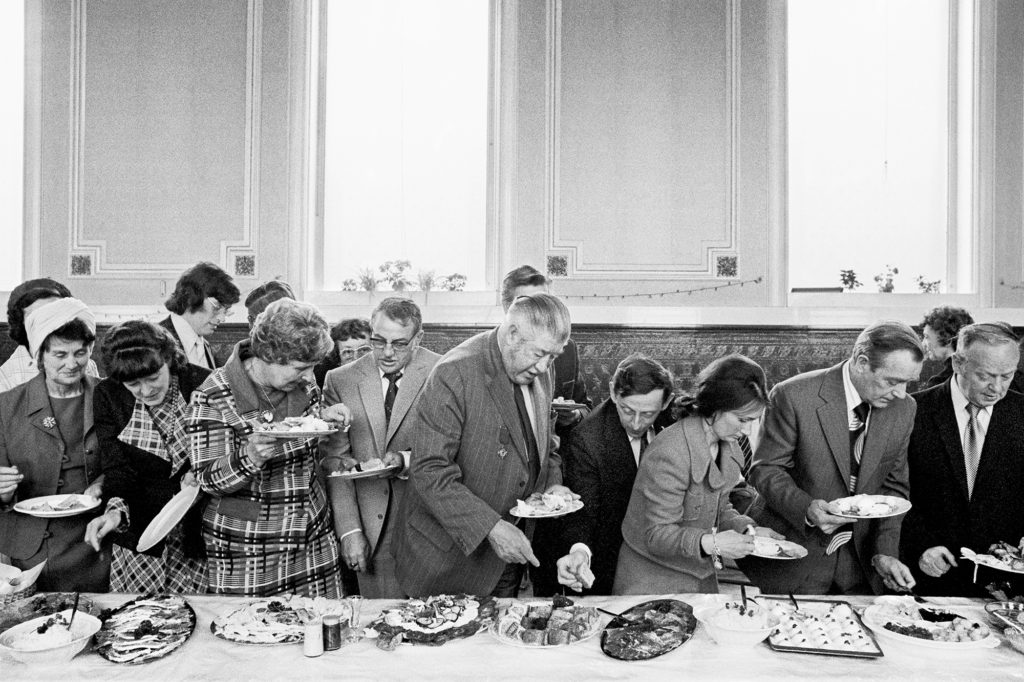
Courtesy the artist/Magnum Photos
“Every time I go to an event where there is a buffet, I know there will be a scramble for the food. It’s that slight moment of madness where the greed in us all takes over, and the scrum begins. It is the moment I am waiting for, behind the table, with the action taking place before my lens. However, try as I may, I can never get a better shot than this one taken around 1977. This image just sticks in my mind, with the guy half-cupping a pork pie being the single character I will never forget.”

© Alex Prager and courtesy Alex Prager Studio and Lehmann Maupin, New York, Hong Kong, Seoul and London
“Eve is part of my Big Valley series that I created very early in my career. At the time I was experimenting a lot with references from artists I admired, and Eve was my homage to Hitchcock. I wanted to be so outward about my love for him that there could be no doubt. The intention of Big Valley was to investigate the human psyche and create images that embody the noir spirit, fabricating moments in time that hint at a much larger story with a disquiet lurking just underneath.”
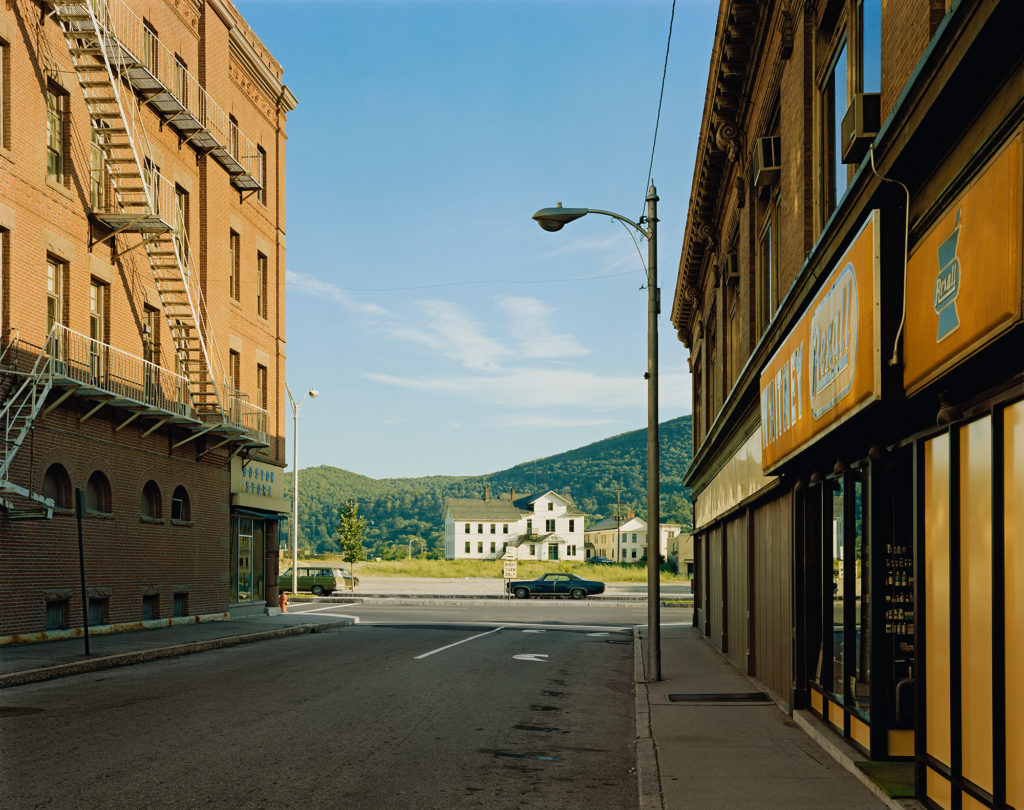
Courtesy the artist
“Holden Street, North Adams, Massachusetts was the image used on the cover of the first, 1982 edition of Uncommon Places. Not only was Uncommon Places my first book; it was the first monograph in color that Aperture published. That was forty years ago. The book was an early milestone in my career. I cannot begin to express how indebted I am to Aperture for this.”

Courtesy the artist
“This photograph is part of my project Aproximaciones, in which I explore longing for my past through people around me, unfamiliar scenarios, and my relationship with the sea.”
Through September 30, shop the Seventy x Seventy sale to collect signed or estate-stamped, 8-by-10-inch prints available in editions of seventy for $250 each.








